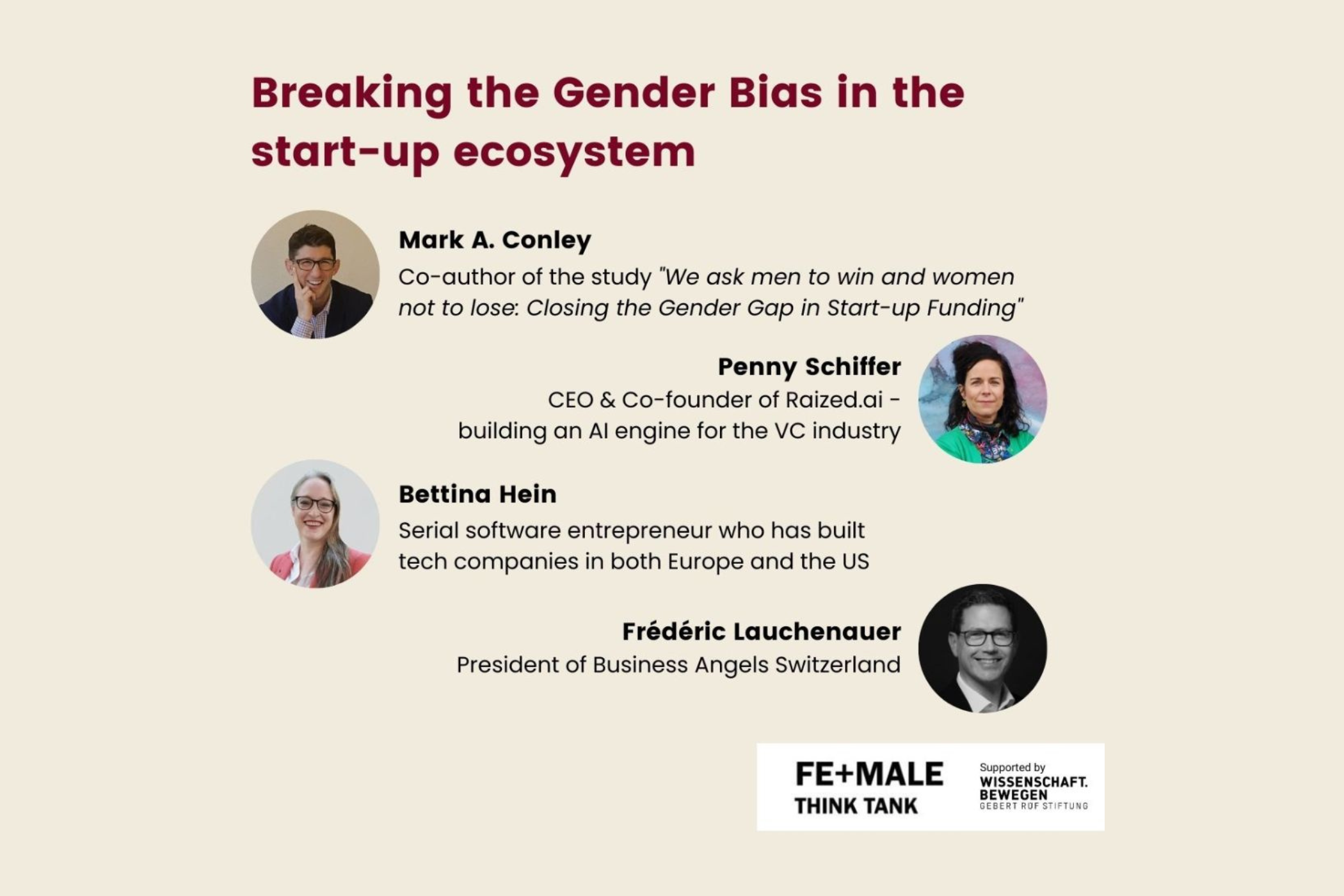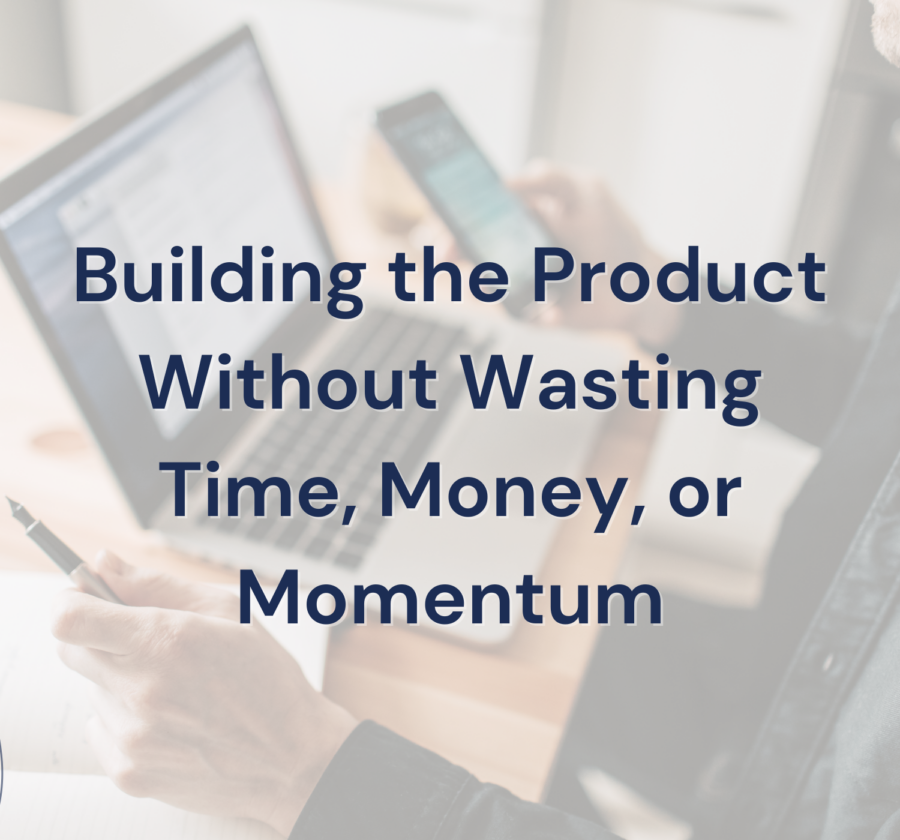
Breaking the Gender Bias in the Start-up Ecosystem
Written by Aaryana Sethi, final year student studying History and English at the University of Oxford for, and in cooperation with, FE+MALE Think Tank.
“Do you think the target market is a growing one?” and “How will you prevent others from taking your market share?”—two ways to word essentially the same question which investors might ask after hearing a start-up’s pitch. The former—a ‘promotion’ question centered around potential gains for the company, however, is 7 times more likely to leave that entrepreneur with adequate funding compared with the latter—a ‘prevention’ question centered around potential losses for the company.
Dana Kanze, Laura Huang, Mark Conley, and E. Tory Higgins, in their “We Ask Men to Win & Women Not to Lose” study found that, at a specific pitching competition called TechCrunch Disrupt, women attained 5 times less funding than their male counterparts because their pitches were almost always followed by prevention questions from investors. Men, on the other hand, received such questions less than 1/3 of the time.
At FE+MALE ThinkTank’s Beat Funding Bias Initiative Webinar, Conley joined three panelists—Penny Schiffer, Bettina Hein, Frédéric Lauchenauer—to further this research into actionable advice for young female entrepreneurs. This article presents the two most potent pieces of advice from the seminar—using promotion language and, more broadly, benchmarking the successes of other women.
First, in order to mitigate the harm of prevention questions, Conley suggests answering with promotion answers, a strategy proven to elicit higher funding than the alternative. For a tech company, the market share question mentioned above might look something like: “How will you prevent Apple, Amazon, Google from taking over your market share?” A promotion answer would follow along the lines of: “The fact that those big three are giants in this industry shows that this is a valuable industry… As the entire market grows, my slice of the pie is growing also, and that’s why you should invest in me.” Here, instead of adopting the investor’s prevention mindset, the entrepreneur has flipped it into a promotion one which allows them to highlight their hypothetical business’ value and importance in the market.
Second, all three of the panelists encourage benchmarking the success of a mentor within the same field. As Schiffer points out, since all investors are essentially interested in the same few markers of success, many prevention questions tend to be repetitive between investors, and can therefore be practiced. In fact, because answering prevention questions in a promotion way is likely to be a new muscle for most entrepreneurs, training it with a third-party mentor with prior experience in the field and practice in dealing with similar roadblocks could be vital. Partly for that reason, Lauchenauer suggests that this mentor ought to be someone with no financial interest in the start-up who is therefore able to provide an objective assessment of practice pitches and answers.
Essentially, Conley et al.’s research and Hein, Schiffer, and Lauchenauer’s advice all combine to offer one key takeaway—in order to overcome funding bias, female entrepreneurs must invert the language of fundraising from prevention to promotion.
Key Takeaways:
3. Practice, practice, practice questions you believe will likely come up in pitch meetings
Watch the full webinar on the Beat Funding Bias page of the FE+MALE website.
Learn more about Patricia Montesinos, Initiator & President of FE+MALE Think Tank


